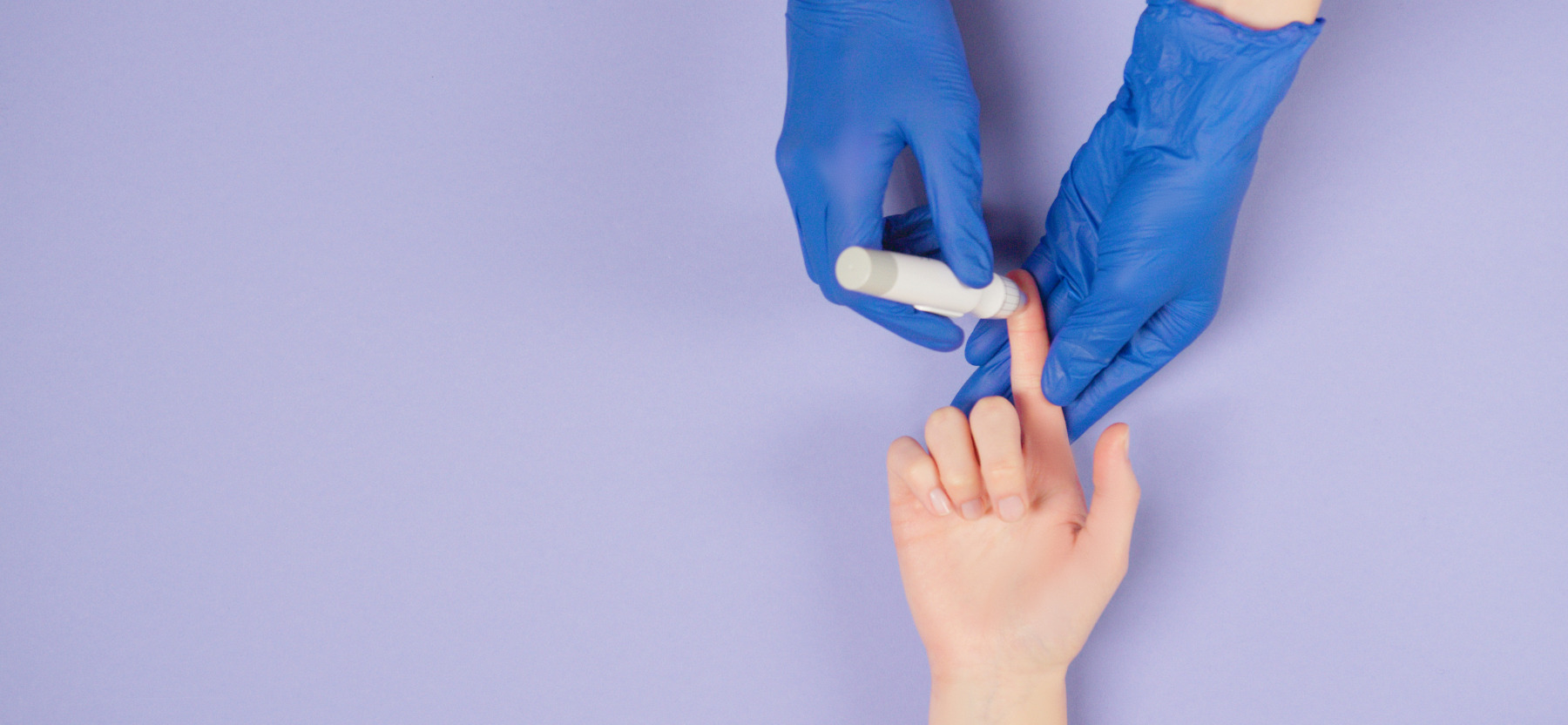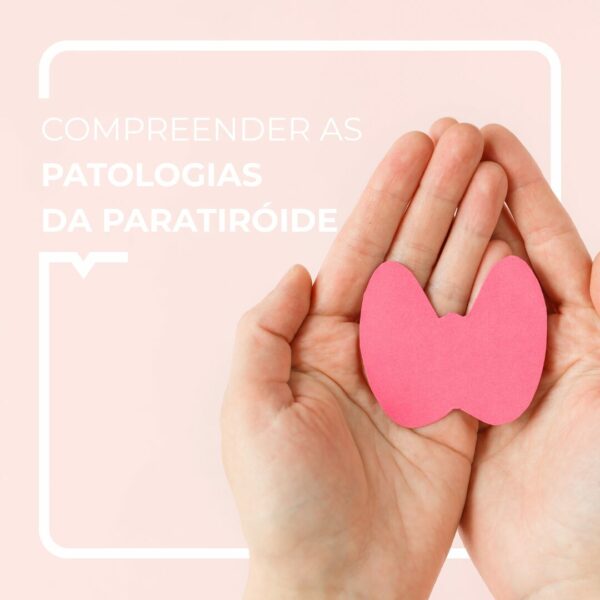Hoje, falamos de diabetes com:
- Aliénor Abada, médica de família
- Élodie Auffray, dietista e nutricionista
- Claire Colson, hipnoterapeuta, naturopata e sofrologista
O QUE É QUE NOS PODE DIZER SOBRE OS DIABETES?
Aliénor: Diabetes é um nível elevado de açúcar no sangue.
Existem 2 tipos de diabetes:
- Diabetes tipo 1: é uma doença autoimune que ocorre normalmente em jovens e que se deve a uma deficiência na insulina que é segregada pelo pâncreas. Para conseguir reduzir o nível de açúcar no sangue, as pessoas têm de tomar injecções de insulina.
- Diabetes de tipo 2 (diabetes gorda): Surge geralmente com a idade, não devido a um problema genético autoimune como o tipo 1, mas devido à alimentação, à baixa atividade física e ao excesso de peso. Afeta todos os órgãos e cria factores de risco cardiovasculares.
COMO PODEMOS DIAGNOSTICAR OS DIABETES?
Aliénor: O diagnóstico dos diabetes é feito através de uma análise ao sangue em jejum, onde se verifica o nível de açúcar. Se for superior a 1g26, significa que o nível de açúcar no sangue é elevado. O médico também pode testar a hemoglobina glicada, que é o que se vê na análise ao sangue onde está marcado HBA1C, está em %, e deve ser inferior a 6,5. Permite-nos ver o nível de açúcar no sangue nos últimos 3 meses e não apenas o nível de açúcar no sangue na altura em que fazemos a análise ao sangue. Este é mais para ser monitorizado a cada 3 a 6 meses.
QUAIS SÃO OS RISCOS DOS DIABETES?
Aliénor: Ter diabetes, ou seja, demasiado açúcar no sangue, pode ter repercussões em todo o corpo e, em particular, nos vasos, e nós temos vasos em todo o lado. Por isso, podemos ter problemas no cérebro, nos olhos, no coração, nos rins, em todas as pequenas terminações nervosas…
Em termos concretos, isto significa que os diabetes podem provocar acidentes vasculares cerebrais, cegueira, enfarte do miocárdio, diminuição da sensibilidade, por exemplo, nos pés, pelo que, quando nos magoamos, não sentimos e depois a ferida infecciona, e tudo isto se deve à diabetes.
QUAIS SÃO OS TRATAMENTOS UTILIZADOS PARA OS DIABETES?
Aliénor: Existem diferentes tipos de tratamento para os diabetes tipo 2, os tratamentos anti-diabéticos orais, que são ajustados de acordo com o nível de hemoglobina glicada. Existem também tratamentos injetáveis. O que é preciso saber é que a prevenção é muito importante: a alimentação é essencial e a atividade física também.
COMO É QUE A ALIMENTAÇÃO ESTÁ ENVOLVIDA NOS DIABETES?
Elodie: Comer bem pode ajudar significativamente a conseguir um bom controlo do açúcar no sangue e a limitar o risco de complicações. Antes de iniciar qualquer dieta, é muito importante adotar um estilo de vida saudável, tanto para a pessoa diabética como para o resto da sua família. O principal agente da diabetes é o açúcar. Por isso, é muito importante limitar o consumo de açúcar para aliviar o esforço do pâncreas. Tendo isto em mente, proponho que analisemos o conceito de índice glicémico.
O índice glicémico é uma pontuação que mede a capacidade de um alimento aumentar os níveis de açúcar no sangue. Quanto mais elevado for o índice, mais açúcar o alimento contém. É o caso, por exemplo, do pão branco, do pão de sanduíche, das bolachas, dos cereais de pequeno-almoço, dos bolos de arroz tufado, do arroz branco, do arroz simples, mas também da pastelaria e dos doces. Estes alimentos devem, portanto, ser limitados ou mesmo evitados. Por outro lado, é muito importante comer alimentos com um baixo índice glicémico.
O QUE COLOCAR NO NOSSO PRATO?
Aconselho-o a colocar no seu prato legumes secos, tais como :
- lentilhas, grão-de-bico, feijão vermelho, branco e preto secos, cereais integrais, arroz basmati ou arroz selvagem no seu prato. Considere também a espelta, a quinoa, o trigo sarraceno e as sementes oleaginosas, por exemplo.
Embora seja importante controlar a qualidade dos alimentos para ter um bom índice glicémico, isso não é suficiente. Obviamente, o volume de alimentos ingeridos também desempenha um papel importante. Se comer um prato cheio de lentilhas, o seu nível de açúcar no sangue também irá aumentar.
Lembre-se que os hidratos de carbono devem ocupar cerca de um quarto do seu prato, mas isto deve ser adaptado a cada caso individual.
O último ponto a saber é que existem outros fatores que influenciam o açúcar no sangue. Por exemplo, se tiver proteínas, lípidos e fibras no seu prato, o efeito será positivo e a glicemia aumentará menos. Por outro lado, se comer massas demasiado cozinhadas, alimentos moles ou líquidos, produtos refinados ou processados, o açúcar no sangue vai aumentar. A forma ideal de ter um bom índice glicémico e de ajudar o seu microbiota intestinal é comer hidratos de carbono cozidos e arrefecidos. Por isso, vamos lá comer salada de massa, salada de batata ou salada de arroz.
QUAIS SÃO AS RECOMENDAÇÕES DOS NATUROPATAS?
Claire: Para as pessoas que sofrem de diabetes ou que têm uma predisposição para diabetes, especialmente na família, o que eu aconselho é que prestem atenção à dieta, porque é absolutamente essencial, por isso tenham uma dieta variada com muita fruta e vegetais, de modo a terem muitas vitaminas e antioxidantes.
Certifique-se também de que é composta por ómega 3, que são ácidos gordos bons, que vão permitir que a glicose, ou seja, o açúcar, penetre melhor nas células. Onde se encontra o ómega 3?
- nos peixes de águas frias: salmão, arenque, anchovas, sardinhas, atum em particular, mas preste atenção aos locais onde são pescados, à qualidade do peixe, obviamente para que não haja metais pesados no seu interior.
- nas sementes: amêndoas, nozes, avelãs, castanhas de caju, castanhas do Brasil e também todos os óleos vegetais, como o óleo de linhaça, o óleo de colza, o óleo de noz, para o ómega 3.
Aconselho também uma alimentação rica em legumes crus e em fibras, para aqueles que as digerem bem, uma vez que as fibras retardam a absorção da glicose e, portanto, do açúcar na célula, o que permite ter um nível de açúcar muito mais estável e mais difundido no organismo ao longo do dia, para evitar os picos de secreção de insulina, específicos dos diabéticos.
Deseja verificar a sua glicemia? É possível realizar uma análise ao jejum no Centro Médico Alegria. Os resultados serão enviados por email entre 1 a 5 dias.
Marcar um teste de glicemiaEstas informações não substituem o aconselhamento médico.
Deve procurar o conselho do seu médico ou de outro profissional de saúde qualificado para quaisquer questões que possa ter relativamente ao seu estado de saúde.



